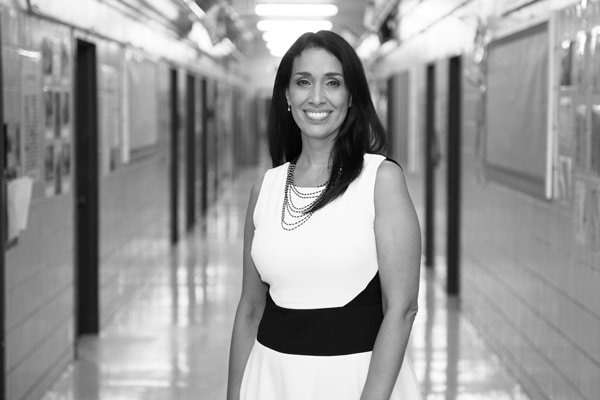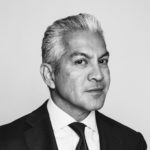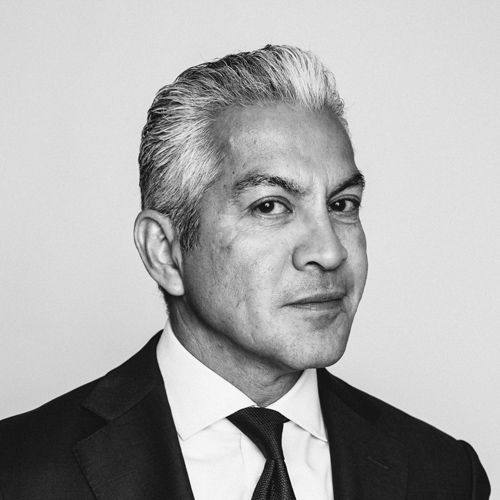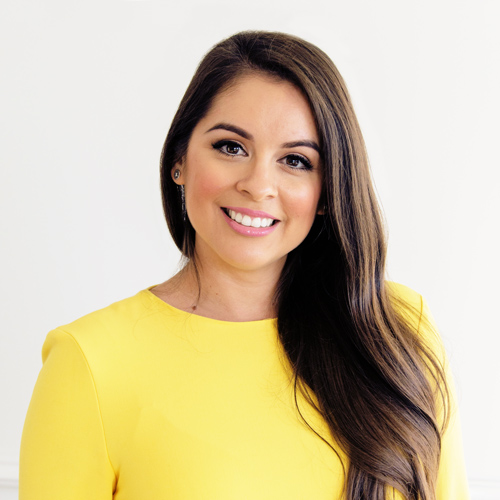
At a large company such as Verizon Communications, the opportunities are endless. You can work in legal, finance, technology, and media and content, at all levels of the organization. The company has nearly 165,000 employees worldwide. It only makes sense that it has a commitment to diversity and inclusion.
“It’s a privilege to work in a large organization like Verizon that has a level of commitment to diversity and inclusion because we have such reach,” says Magda Yrizarry, the company’s senior vice president and chief talent and diversity officer. This commitment serves not only the Verizon workforce but also its diverse suppliers and community organizations. “A commitment to diversity and inclusion says we’re going to provide superior experiences to all kinds of people.”
A few years ago, Verizon combined its talent and diversity departments. This change made things simpler and more interconnected. The company not only needs to be in the right places to attract talent at the front end but also needs to think about what happens after the hire, including onboarding, succession planning, career development, and more.
“Having them in one place with a thread of diversity and inclusion cutting across just makes it a more harmonized system,” Yrizarry says. As the leader of the department, she has helped usher in initiatives that have benefited the entire company. One of those initiatives is the Unconscious Bias conversation.
The program helps employees avoid an “us versus them” conversation, and it started with the idea of how to have a different discussion between leaders and employees. In 2015, the decision was made to roll this out, so Yrizarry and others began talking with external partners to really understand human behaviors, particularly around uniqueness and belongingness. That year also involved a lot of change within the organization. “When there is change, you’ve got to make sure that people stay connected and that people have a way to pause, to reframe, and to understand,” Yrizarry says.
So, in 2016, the program was rolled out to the chairman and his direct reports as well as to senior leaders. It will cascade to every employee by 2018.
“This Unconscious Bias conversation has really opened up a safe space to have those conversations about biases that we all have that result from our different backgrounds—and can even extend to the less obvious, like what business unit you’re in,” Yrizarry says.
The content was expanded into a broader toolbox—face-to-face, webinars, and online resources—to help leaders and executives integrate it into their business conversations. In the fall, as an extension of the Unconscious Bias initiative, Verizon is also launching Unboxing.
“Unboxing is this concept that we box each other,” Yrizarry explains. “We make people one-dimensional. When I see you, I see a woman. And, indeed, you may well be a woman. But what’s underneath that? How do we unbox so that we start to find places where we share much in common? That lets down barriers and allows people to learn and to teach and to forgive and to be forgiven—because we are on different journeys and our journeys create our filters and the way we see the world.”
“This Unconscious Bias conversation has really opened up a safe space to have those conversations about biases that we all have that result from our different backgrounds—and can even extend to the less obvious, like what business unit you’re in.”
– Magda Yrizarry
A second initiative, which Yrizarry has led this year, is the Power Program, which positions women for executive roles. This program specifically focuses on gender, she says, and the company wanted to be sure that multicultural women were also represented. So, they started with the top talent in the technology space.
In the pilot program, director-level women were matched with middle-manager women. The pair had a one-on-one mentoring relationship and were put into a cohort where they were sponsored by an executive. That executive met with the middle-manager women, getting to know them in order to support their continued development.
Power Program was a success and will be expanded to other top-talent programs in 2018, including the Latino top-talent program. As Competitive Advantage program participants, the managers will be identified for a director mentor and put into a sponsorship cohort. Yrizarry doesn’t want these programs to be a moment in time. “They’ve learned some things, but how can we extend that to a more ongoing set of touchpoints to really help accelerate development and advancement, whether it’s vertically or laterally?”
Yrizarry’s focus isn’t entirely on the current Verizon workforce; she’s also looking toward the pipeline of talent. To do that, she works with various community organizations to bring in diverse talent, including Latinos and Latinas.
Verizon has a significant partnership with ASPIRA, a nonprofit organization dedicated to developing the educational and leadership capacity of Latino youth. Yrizarry served as chair of the ASPIRA Association of New York for more than a decade and is a product of ASPIRA’s program. “It’s about making sure students are given the foundation to lead in their high schools, their colleges, and then lead at companies like Verizon, because it is in their DNA to lead,” she says.
Though most of Yrizarry’s involvement in ASPIRA has been through the New York chapter, she and Verizon wanted to do more. They created a digitized version of the curriculum to extend beyond where ASPIRA physically reaches, which will show teachers, parents, and other community-based advocates how to use the curriculum.
And Verizon’s involvement with community organizations doesn’t end with Yrizarry, either. The Hispanic Support Organization (HSO), a Latino employee-resource group, works closely with the Society of Hispanic Professional Engineers (SHPE), another partner of Verizon. HSO helps SHPE members understand what it’s like to work at Verizon, helps onboard any SHPE members who join the company, and partners with SHPE on scholarships. “The HSO and SHPE care deeply about the next generation,” Yrizarry says. “That has been a unique partnership and a way our employee-resource groups support organizations that are important to the business.”
Diversity initiatives are not limited to a diversity department. If you have a commitment to diversity, Yrizarry says, you can make any organizational structure work. “All executives are in diversity and inclusion, so the first thing that other executives can do is lead by example,” she explains.
Leaders must be aware of their own biases because they tend to surround themselves with people whom they’ve worked with and trust. This can create barriers, and leaders need to constantly check in to see that they’re expanding their network to people who are not exactly like them.
But don’t just check off the diversity box, Yrizarry says. “Whatever it is that defines diversity in your mind, if your employees can’t be open, if they can’t engage, if they don’t get your time and your coaching and your investment in their development somewhat equally, then you’re not an inclusive leader,” she says.
Inclusive leaders talk about diversity of thought and the value of diverse experiences and backgrounds. They allow themselves to be seen as people who value that. “If an executive whose full-time job is not diversity and inclusion seeks out employee-resource groups or creates places where people of difference come together to talk about the business,” Yrizarry says, “then those executives are diversity leaders.”
 Thoughts from Guest Editor Javier Palomarez
Thoughts from Guest Editor Javier Palomarez
“Magda is a phenomenal leader—setting a high bar not only in her industry but across corporate America. In such a large and complex organization as hers, diversity and inclusion are not buzzwords but rather nothing less than the future of the corporation itself. In the fast-moving and highly competitive telecommunications field, Magda’s talents are fully utilized as a strategic thinker who never loses sight of the human element at Verizon. Going forward, I hope every major American corporation has the foresight to recruit and develop the next Magda. Their future may depend on it.”

